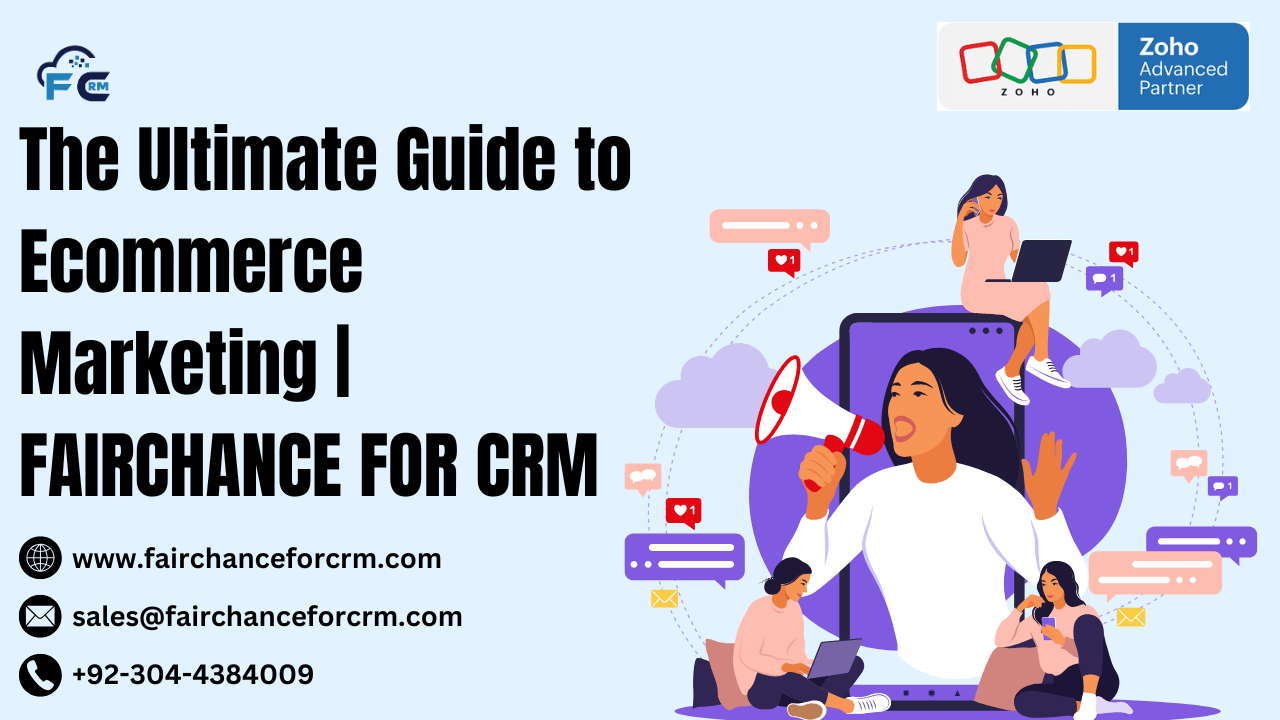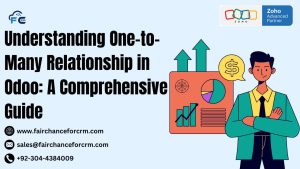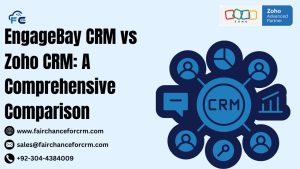The Ultimate Guide to Ecommerce Marketing is today our topic. If you’ve ever wondered how some businesses can thrive selling the most unexpected products, like aglets (those tiny plastic tips on shoelaces), you’re not alone. The ecommerce landscape is vast, with countless entrepreneurs capitalizing on unique niches. The growth of ecommerce, especially post-pandemic, has been remarkable, with US retail ecommerce revenue reaching about $1 trillion in 2023. It’s projected that 20.8% of retail purchases will occur online this year. For aspiring business owners, now might be the perfect time to dive into ecommerce.
However, the crowded online space presents a challenge: how to stand out among millions of sellers. The key? Effective marketing.
Also Read Related Articles:
- 9 Challenges for Ecommerce Businesses and How to Improve
- Automated Email Campaigns in Zoho CRM for E-Commerce Business
- Driving Social Media Sales Utilizing Zoho CRM for E-Commerce
- Why Every E-Commerce Business Needs a Robust CRM?
- Top 3 Ways to Automate E-Commerce Business with Zoho One
Understanding the Ultimate Guide to Ecommerce Marketing
The ecommerce marketing funnel illustrates the journey customers take from discovering your brand to making a purchase. It’s essential to guide them through the process with targeted messages at each stage.
- Top Funnel (ToFu): This is the awareness stage where potential customers first encounter your brand.
- Middle Funnel (MoFu): In this consideration phase, you’ve caught their interest, and now you need to convince them of your product’s value.
- Bottom Funnel (BoFu): At this conversion stage, customers are ready to buy.
A well-designed website with an excellent user experience can reverse the funnel, turning first-time buyers into repeat customers who advocate for your brand.
Key Components of Your Ultimate Guide to Ecommerce Marketing
To create an effective ecommerce marketing strategy, consider the following:
- Mission: Define your current goals and the actions needed to achieve them.
- Vision: Articulate your long-term aspirations for the business.
- Target Audience: Understand who your customers are, including their demographics and challenges.
- Product Solutions: Clearly communicate how your product solves specific problems for your audience.
- Competitor Analysis: Keep an eye on competitors to identify opportunities and areas for improvement.
These elements should inform all your marketing communications, ensuring a consistent brand image that builds trust.
Crafting Your Ultimate Guide to Ecommerce Marketing Plan
Once your strategy is in place, you can develop a detailed marketing plan that outlines specific initiatives, budgets, timelines, and KPIs. Your plan should include various campaigns that align with your overarching strategy.
Marketing Channels to Explore
To achieve your marketing goals, leverage different channels:
- Social Media: Promote new products, share industry insights, and engage with customers. Use metrics like engagement rates to gauge effectiveness.
- User-Generated Content (UGC): Showcase authentic customer testimonials and reviews to build credibility.
- Content Marketing: Create valuable content for various funnel stages:
- ToFu: Short articles, infographics, podcasts.
- MoFu: Blogs, FAQs, case studies.
- BoFu: Research papers, webinars.
- Search Engine Optimization (SEO): Optimize your website for search engines to improve visibility and rankings.
- Coupon Marketing: Attract customers with discounts for first purchases or special promotions for loyal customers.
- Paid Ads: Use targeted ads to reach specific audiences and drive traffic.
- Influencer Marketing: Partner with influencers to enhance brand visibility and trust.
- Email Marketing: Use email campaigns for customer retention and to encourage repeat purchases.
- Affiliate Marketing: Leverage affiliates to reach niche audiences and drive sales without upfront costs.
- Website Optimization: Ensure your website is user-friendly, loads quickly, and offers a seamless shopping experience.
Measuring Success
After implementing your campaigns, assess their effectiveness through metrics such as A/B testing. This entails adjusting a single advertising element to determine what appeals to your target demographic the most. To see the interactions between several elements more broadly, think about multivariate testing.
Conclusion
You can improve your e-commerce firm by implementing these methods and making use of different marketing platforms. Check our articles on the marketing funnel, e-commerce marketing tactics, and online business-specific execution plans for more resources.
For more information about the Ultimate Guide to Ecommerce Marketing , visit this link.
If you want to Free Trail Zoho, click on this link.




